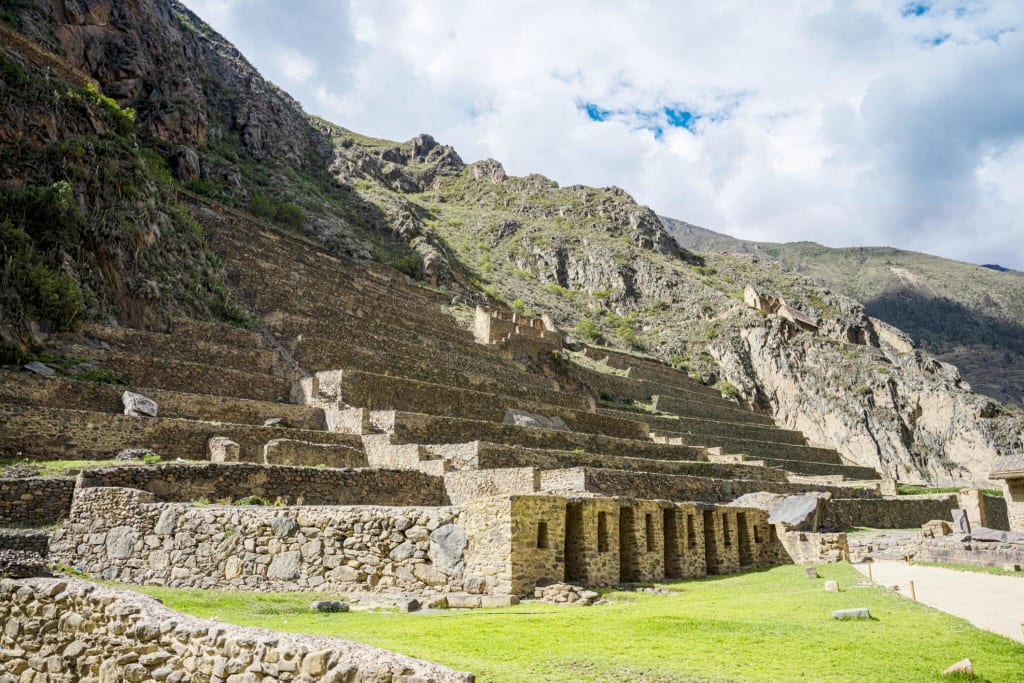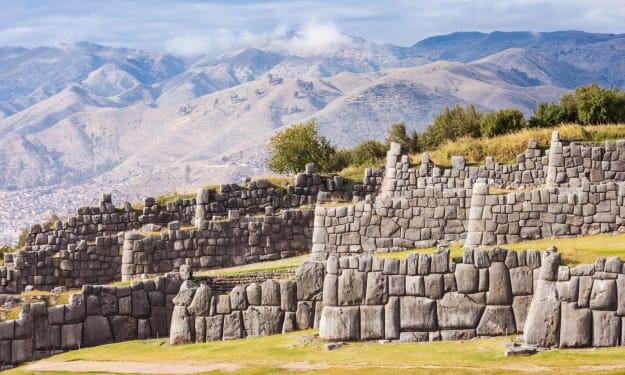Echoes of Ancient Ingenuity
Unravelling the mysteries of ancient technology

When we think of ancient civilizations, it's easy to underestimate their intelligence and ingenuity. After all, they didn't have smartphones or the internet like we do today. However, our ancestors were far more advanced than many of us give them credit for. Some of the technologies they created have puzzled scientists for centuries, leaving us to wonder about the incredible feats they accomplished with limited resources and tools.
Nestled in the mountains of Peru lies Ollantaytambo, an ancient Incan site dating back to the mid-15th century. Among its many impressive features, the towering steps of the valley stand out as a testament to the ingenuity of the Incan civilization. Each step reaches a staggering height of 13 feet, posing a perplexing question: how did the Incans construct steps so much taller than themselves? While modern machinery like forklifts and cranes were unavailable to them, researchers speculate that they used a system of ropes and pulleys to lift massive rocks into place. However, some believe that these steps served a different purpose altogether, perhaps as part of a palace complex or garden terraces. Regardless of their original function, Ollantaytambo remains a captivating enigma, drawing visitors from around the world to marvel at its colossal structures.
In the ancient city of Damascus, blacksmiths were renowned for their exceptional craftsmanship, particularly in the creation of swords. Using a special type of steel known as Wootz steel, they forged Damascus blades that were both resilient and flexible, earning them a legendary reputation. These swords were said to possess remarkable strength, capable of slicing through even the toughest materials with ease. Similarly, the Sword of Goujian, discovered in China, has baffled scientists with its impeccable preservation despite being over 2,400 years old. Crafted from tin bronze, this ancient weapon remains sharp and pristine, defying the passage of time. While experts speculate about the unique composition of these swords, the exact methods of their creation remain a mystery, leaving us in awe of the skill and innovation of ancient metallurgists.
During the Byzantine Empire, a fearsome weapon known as Greek fire struck terror into the hearts of enemies. This incendiary substance, capable of burning even on water, was a formidable asset in naval warfare. While the exact composition of Greek fire remains unknown, historians believe it consisted of a mixture of flammable liquids such as petrol or naphtha, combined with sulfur or pitch. This lethal concoction would adhere to enemy ships, engulfing them in flames with devastating effect. Despite the Byzantines' mastery of this deadly weapon, the secrets of its creation have been lost to time, leaving modern scholars to ponder the mysteries of ancient warfare.
The precision and intricacy of ancient Roman sculptures have long fascinated historians and archaeologists. However, one particular carving stands out for its remarkable craftsmanship: a column drum adorned with perfectly aligned incisions. These deep cuts could only have been made by a sophisticated machine, yet they predate modern sawing technology by over a thousand years. Scholars speculate that ancient Romans used water-powered stone saws to achieve such precise cuts, harnessing the force of flowing water to drive cutting blades through solid rock. While the purpose of these intricate carvings remains uncertain, they serve as a testament to the advanced engineering skills of ancient civilizations.
Stonehenge, a ring of towering stones in England, and the Nazca Lines, intricate geoglyphs etched into the Peruvian desert, continue to mystify researchers with their enigmatic origins. Despite their antiquity, both monuments exhibit remarkable precision and alignment, suggesting a level of technological sophistication beyond what was thought possible in ancient times. While theories abound regarding the construction and purpose of these ancient landmarks, their true significance remains elusive, leaving us to marvel at the ingenuity of our ancestors.
In conclusion, the technological achievements of ancient civilizations continue to astound and inspire us. From towering monuments to legendary weapons, these artifacts serve as a testament to the creativity and resourcefulness of humanity throughout history. While many mysteries remain unsolved, the quest to unravel the secrets of our ancestors' innovations remains an ongoing journey of discovery and wonder. Thank you for your time and subscribe for more stories.
About the Creator
David K
From the tender moments of childhood bedtime tales to the intricacies of epic sagas, storytelling has been my lifelong passion. Join me on this journey as we explore the boundless realms of storytelling together.
Enjoyed the story? Support the Creator.
Subscribe for free to receive all their stories in your feed. You could also pledge your support or give them a one-off tip, letting them know you appreciate their work.






Comments
There are no comments for this story
Be the first to respond and start the conversation.